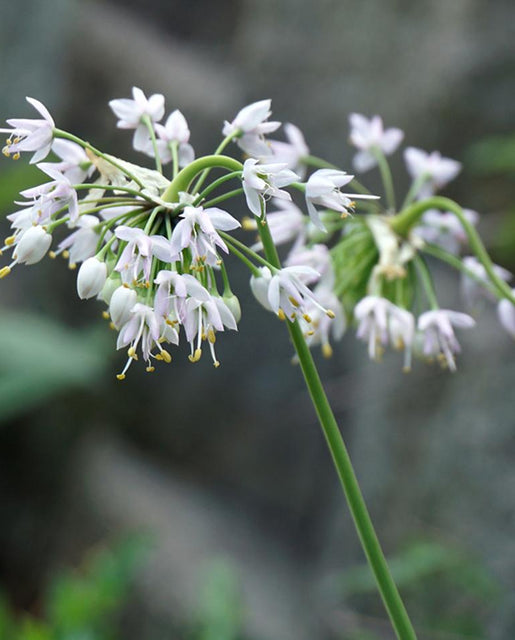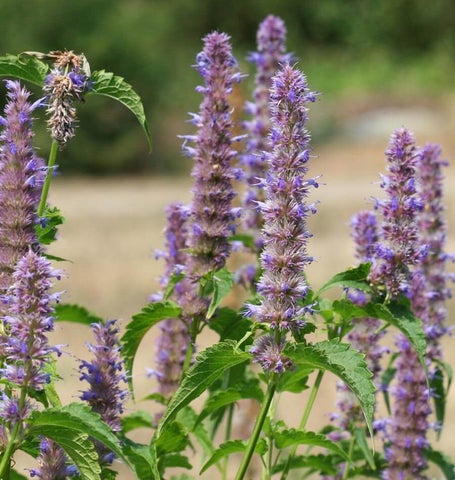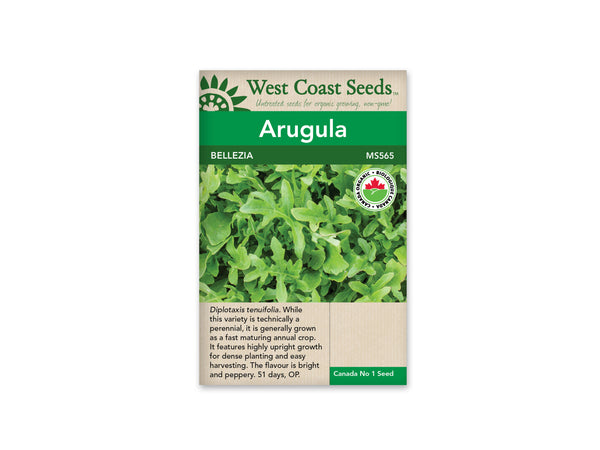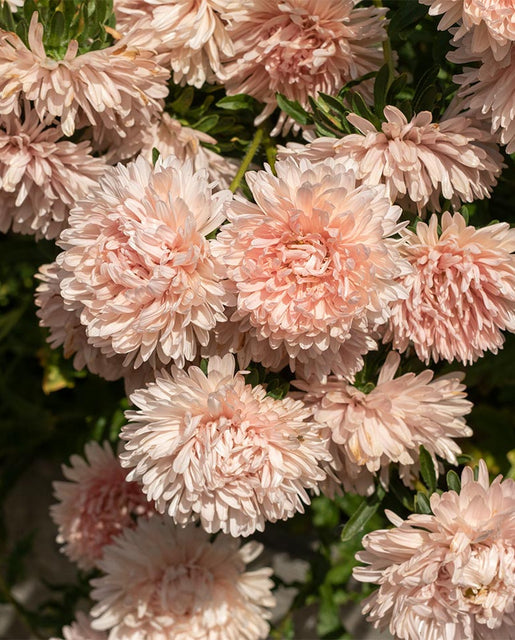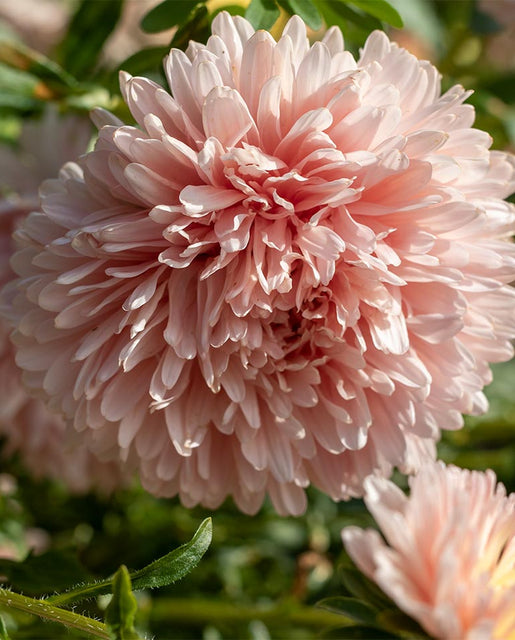Canadian Orders: Flat-Rate Shipping on Orders over $75 | Orders Over $150 Ship Free!
-
Shop
- New Arrivals
- Gardening
- Seeds
- Children + Baby
- Bath + Skin Care
- Baby Toys
- Books
- Puzzles + Games
- Loose Parts + Creative Play
- The Little Naturalist
- Play Chef
- Slings
- Apothecary
- Kids Lunches
- Accessories
- Sustainable Living
- Brushes / Brooms
- Food Storage
- Outdoors
- Coffee, Tea, Chocolate + Honey
- Coffee + Tea Accessories
- Water bottles + Travel Mugs
- Cookbooks
- Dishwashing
- Laundry
- Cleaners
- Accessories
- On The Go Essentials
- Self Care
- Face Care
- Body Care
- Hair Care
- Cosmetics
- Deodorant
- Toothpaste + Oral Care
- Sun Care
- Accessories
- Zero Waste Bathroom
- Soap
- Essential Oils
- For Men
- Books
- Apothecary + Natural Supplements
- Pet Care
- Shop Local
- Bulk
- In Store Pick Up
- Home Improvement
- Paint & Stain
- Discover
- Bulk Bar
Wildflowers — Nodding Wild Onion
Sold Out $3.29
Allium cernuum. If you spend enough time looking in the dry woods, rocky outcroppings, and prairies across North America, you will eventually discover Nodding Wild Onions growing in scattered clumps. In fact, the city of Chicago gets it's name from the Algonquin Indian name for this plant, "chigagou". Individual stems arise to a height of 45cm (18") from bulbs in the ground. In early and mid-summer, they bear umbels of white to rose coloured, pendant flowers that nod and wobble in the wind. These are highly attractive to short-tongued bees, but not to grazing deer. Each flower develops into a spherical fruit, which splits at the end of summer to reveal more shiny black seeds. Beneath the soil, the bulbs split and multiply just the way tulips do. These perennial wildflowers are hardy to Zone 2, and while they are technically edible, it's a good idea to wait until a small colony has developed, and then harvest them judiciously as a summertime treat. Grow in full sun to part shade, or in freely draining containers.
Quick Facts:
- Perennial
- Height to 45cm (18")
- Deer resistant
- Hardy to Zone 2
Size: 0.1g (approx. 32 seeds)
Difficulty
Easy to Moderately Challenging
Season & Zone
Exposure: Full sun to partial shade
Zone: Zone 2.
Direct seed in the fall as the seeds need to experience winter to break dormancy. To artificially simulate these conditions indoors, the seeds require a long period of stratification. Alternatively, sow in labeled containers outdoors in the fall for spring transplants.
Starting
If starting indoors, mix seeds with damp sand or a folded paper towel in a plastic bag and place in a refrigerator for 6-8 weeks so they experience an extended period of cold temperatures. After that, move them to room temperature and observe closely for germination. Keep moist. Once they germinate, prick the seedlings out into pots.
Growing
Plant out after the last frost and mulch well with leaves of deciduous trees (not conifers). Amend clay soils as needed to improve drainage. Harvest sparingly for the first two years so the plants can become established. In the right environment, they will spread and proliferate in subsequent years.
Related Items
Agastache — Licorice Mint
Sold Out $3.49
Agastache foeniculum. With heavily licorice-scented leaves and tall spikes of edible lavender flowers, Licorice Mint has been used medicinally for generations. It also happens to...
View full product detailsArugula, Wild — Selvatica Heirloom Organic
Sold Out $3.69
CERTIFIED ORGANIC! Diplotaxis tenuifolia. While technically this variety is a perennial, growers and home gardeners will probably prefer growing it as a fast maturing annual crop. Bellezia...
View full product detailsAster — King Size Apricot
Sold Out $4.19
Callistephus chinensis. King Size Apricot China Asters are some of the most sensational cut flowers we know of. The large, pale pink flowers are showy without...
View full product detailsSign up to get the latest on sales, new releases and more…
© 2025 Sustain.
Ecommerce Software by Shopify


